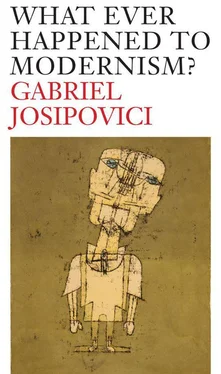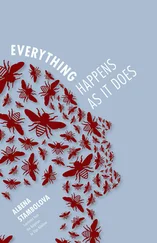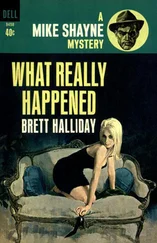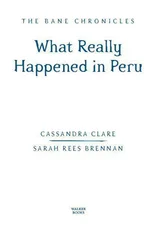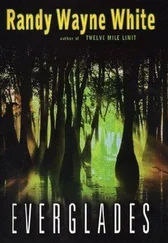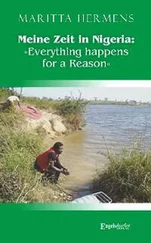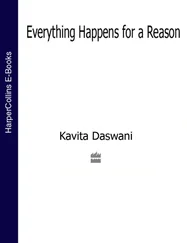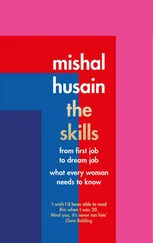Already in his first mature work Either/Or (1842), he had begun to explore what it might mean for a youth with brains and imagination to grasp that he was free to do what he wanted and to grasp at the same time that that freedom condemned him to a life of melancholy and inaction, as though the plethora of possibilities made all actualities seem pale and insubstantial. Coleridge of course had already sketched out such a fate in his examination of and identification with Hamlet. Kierkegaard carries on the work in a much more rigorous but also much more ironic manner, since the Hamlet-like young man who ostensibly writes the essays that make up Part I, the ‘Either’ of the title (it is probable that they were Kierkegaard's own early essays, given new life by being set in a new context), is pitted against a mature married man, a Judge, who speaks in Part II (‘Or’), arguing that all the young man has to do is make just one choice, that of a partner for life, and all his problems will be solved, his agony and frustration will drop away and happiness will be his for ever. In a sense this was the alternative Dürer presented in his two engravings, but one feels that St Jerome is at least an imaginative possibility for Dürer, whereas the Judge is a wooden figure in whom neither the reader nor the author can quite believe. And that for a simple reason. He has really no response to the young man's question: What determines my choice of partner, and, if it is simply a matter of choosing rather than of the person one chooses, how is one to decide whom to choose? To say that God will provide, or that when that person turns up it will be obvious, is not to answer the young man at all; on the other hand, to say that it doesn't matter whom one chooses, that once she is chosen and becomes a partner for life all will be well, still does not answer the question and, besides, is not quite the sort of thing the Judge seems to want to endorse. On the other hand, in an abstract way, it is clear to the young man that the Judge is right: if only he himself was on the other side, had already chosen, he too would be like the Judge and all would be well. But he is not, and he doesn't know how to get to the other side, given his ironic and sceptical attitude to all choice.
The problem presented in Either/Or is essentially the problem the young Adrian Leverkühn resolves, in Mann's novel, by making his pact with the Devil. Too cold or too clear-sighted to go on playing the game of composition as Strauss and Mahler are playing it, yet desperate to compose, he needs something that will carry him over to the other side, as it were, give him back the excitement of composition. Stravinsky found that something in the Orthodox Church; a novelist like Muriel Spark in the Catholic Church; for a German Protestant like Leverkühn perhaps it could only be the Devil. Kierkegaard, though, went on believing that it had to be God. If he could only work his way through the Romantic disease of excessive freedom, he knew God would be waiting for him. But how? Two years after Either/Or he devoted an entire work to this mysterious disease. He called it The Concept of Anxiety . Anxiety, he points out, is to be distinguished from fear. Fear refers to something definite, ‘whereas anxiety is freedom's actuality, the possibility of possibility’. This opaque formulation is partly elucidated by the later examination of ‘the anxious possibility of being able’ and of the fact that ‘anxiety is the dizziness of freedom’. But however suggestive some of his phrasing is, the book remains relentlessly abstract. Five years later though, in The Sickness Unto Death , he hits upon a method that will do justice to his subject.
He begins from the obvious fact, also highlighted by Dostoevsky in Notes from Underground , that Plato misunderstood the nature of man since he held that sin is ignorance and can therefore be rectified by knowledge, whereas Kierkegaard and Dostoevsky follow St Augustine in believing that sin is a misdirection of the will. The grim refrain of Notes from Underground is that man is a perverse creature who will often do things he knows will harm him merely to prove to himself that he is alive and free. The classic example is the young Augustine's attempt to steal the pears from the orchard when he knows it is wrong, because he is driven by some powerful inexplicable impulse to do so. Hell, as Dante brings out so powerfully, is the fall into despair because we both want and do not want to do certain things, just as the addict both wants his drug and, clearly aware that it is ruining him, does not want it. Why some will allow the wanting to triumph and others will be able to overcome it is a mystery, one that the Augustinian tradition fully respects. For Kierkegaard it is the problem of the young man and the Judge translated into a religious dimension. To deal with it he adopts what he calls ‘the dialectic method’, his version of that Hegelian method he both admired and loathed. This means always seeing the topic under consideration alongside its opposite, never allowing it to take centre stage alone. Thus man, he says, is a synthesis of finite and infinite, temporal and eternal, freedom and necessity. He begins his discussion of possibility and necessity, for example, with the point that ‘a self that has no possibility is in despair, and likewise a self that has no necessity’. This he proceeds to develop in almost musical fashion:
Now if possibility outstrips necessity, the self runs away from itself in possibility so that it has no necessity to return to. This then is possibility's despair. Here the self becomes an abstract possibility; it exhausts itself in floundering about in possibility, yet it never moves from where it is nor gets anywhere, for necessity is just that ‘where’ … Thus possibility seems greater and greater to the self; more and more becomes possible because nothing becomes actual. In the end it seems as though everything were possible, but that is the very moment that the self is swallowed up in the abyss.
Remember Picrochole? And Dürer's Melencolia ? Do the words not apply perfectly to them? ‘In the end it seems as though everything were possible, but that is the very moment that the self is swallowed up in the abyss.’ What the self lacks here is necessity. And wherein does necessity lie? ‘What is really missing’, says Kierkegaard, ‘is the strength to obey, to yield to the necessary in one's self, what might be called one's limits.’ But here we come up against the same problem as that which rendered the Judge's side of the argument so unconvincing in Either/Or . It was much easier to find one's own limits when there were external limits in place, precisely those limits which began to be called into question in the Renaissance and the Reformation and which had been abolished once and for all, in principle at least, by the French Revolution. In the modern world necessity seems too often a form of imprisonment rather than release, ‘for without possibility it is as though a person cannot draw breath’. Thus ‘necessity's despair is to lack possibility’. Is this not a striking analysis of the situation Raskolnikov finds himself in? And Emma Bovary? But — and this is why we must stick to the dialectical method — at the same time possibility's despair is to lack necessity. That is why when Raskolnikov or Emma Bovary or Anna Karenina acts, not tragedy but a kind of dreadful farce ensues. Agamemnon may, in his wife's eyes, have been wrong to sacrifice their daughter; Clytemnestra, in her son's eyes, may have been wrong to murder her husband: but in each case they were driven by an objective and clearly defined necessity — to allow the fleet to sail and thus fulfil his obligation as brother of Menelaus and commander of the Greeks on his part, to avenge the murder of her daughter on hers — and thus what ensues is tragedy. The contrast with Raskolnikov, Emma and Anna could not be clearer.
Читать дальше
